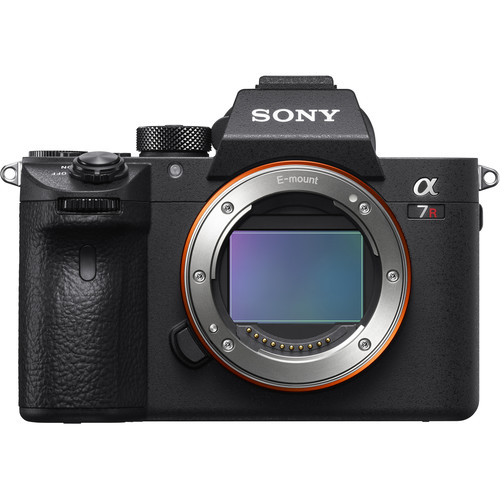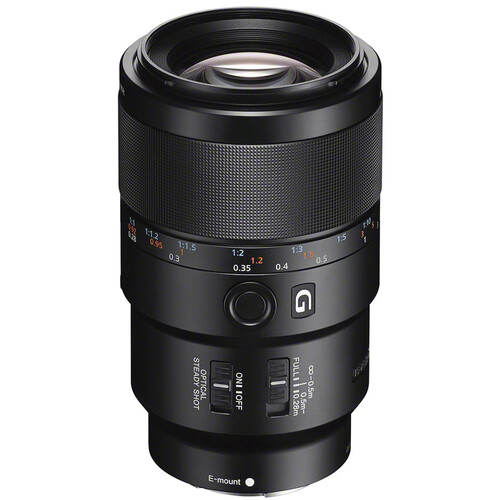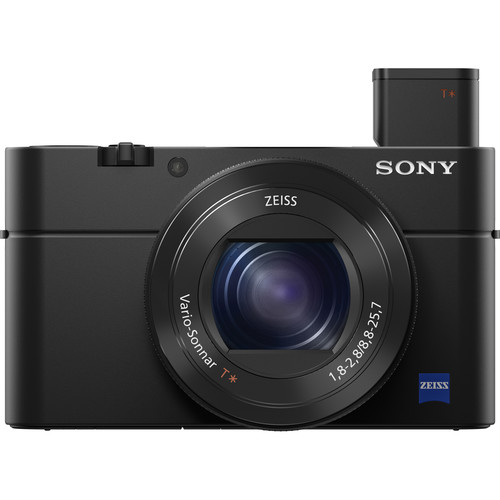
Copyright © Douglas Dubler – ALL Rights Reserved
My printing series, which I hope everyone is enjoying, would never have existed had it not been for Douglas Dubler. I first met Douglas at the Nik Summit in 2010 and was floored by his “Avatar Beauty” print (a 44” x 60” beauty shot shown at the end of this section) that had such amazing color and detail that I could stare at it all day long. I was immediately hooked and realized that now was the time to get into printing.
Before meeting Douglas, I had always advised people to outsource their printing to avoid the headaches I had endured in the past when trying to print my own photos. However, Douglas assured me that all my fears and concerns based on past horrible experiences were no longer valid. He explained that amazing prints were now possible by anyone – with the right tools if you just followed the proper procedures. In fact, he declared it was so easy that “a monkey could do it.” With that gauntlet thrown down, I set out to prove if Douglas was right, and I quickly discovered he was 100% correct! With the headaches of the past (mostly) gone, I decided it was time to share the joy of printing – the final and most important part of the art of photography - with all of my readers.
All that I’ve learned from this amazing master printer would take years to blog, so I set out on a journey that resulted in my Printing Series and book. I hope that you enjoy the tips here so that you can get the same passion for printing that Douglas, and I now share. I hope you enjoyed my printing series, so if you ever see Douglas, be sure to thank him for it!

Copyright © Douglas Dubler – ALL Rights Reserved
Custom Paper Profile Guru
It seems that every master printer, RIP software vendor, printing product maker, etc… in North America knows Douglas Dubler. To many he is the ultimate paper profile guru who shows what is possible when you fight your way for that last 10% of printing perfection. His prints are a testimony to the reward he gets from spending several days building a perfect paper profile.
Yes, Douglas Dubler is hard core when it comes to paper profiles – probably more than you’ll ever want to be. However, there’s much to learn from Douglas no matter what level of investment you decide to make in printing. There’s also one thing that he taught me that is 100% true – your final print is really only as good as the paper profile you use to print it. Don’t believe me? Check out my ColorMunki article where I show how a simple paper profile can make a radical difference on a sub $100 printer with crappy generic paper.
The good news for the rest of us is that Douglas is a highly respected member of the X-Rite Coloratti who has been actively involved in helping to make the paper profiling process more accurate and easier for everyone. Even if you have never heard of Douglas, if you print using paper profiles generated by an X-Rite product then you owe Douglas a debt of gratitude for what he’s done to help to improve the process and fantastic results we are capable of enjoying today.

Copyright © Douglas Dubler – ALL Rights Reserved
Printing so easy a monkey could do it!
This was the claim that Douglas made, but in retrospect it could be a bit of a play on words as this series kicked off with a review of the X-Rite ColorMunki (now replaced by the i1 Studio). The ColorMunki is the entry level way to get an even larger monkey off your back – prints with horrible color that don’t resemble what you see on your display! Sure there’s more advanced products which can be used to get that last 10% of perfection for the fine art print, but Douglas was adamant that anyone could get great results worthy of hanging in their home. His formula for great prints is quite simple:
- Start with a good image – Shoot a great image in RAW and process that raw data as a 16-bit ProPhoto RGB image in Photoshop or his current favorite, Capture One. Without a great image and lots of data to work with, then the rest of the workflow fails.
- Calibrate your display – without a calibrated display you are effectively playing printing equivalent of Russian Roulette. It is virtually impossible to edit your image in a way that can be viewed on other devices (i.e., printers and other people’s displays) with the same vision you had for the colors in your image when you processed it (i.e., in Aperture, Lightroom, Photoshop, etc…). For this you need hardware designed to calibrate your display, and Douglas recommends a i1Photo Pro 2 or better because it includes a spectrophotometer (more on that later). However if you can’t afford that, then at least an i1Display Pro is necessary . Some operating system tools for visual software calibration exist, but are only as accurate as your eyes and for most of us that isn’t very accurate as this test proves. His recommended display calibration settings are 6100K, 2.2 Gamma and 120 brightness.
- Use a good paper profile – Here’s where things can start getting complicated, depending on how good you want your results to be. For any of us, just using the paper profiles provided by the OEM for our printer will give satisfactory results with a monitor that is calibrated. This is possible via soft proofing where you have your monitor calibrated and you use software like Adobe Photoshop to apply a printer paper profile to adjust your display image so that it is a close representation of how your image will appear after it is printed.
You can improve upon this result by using a spectrophotometer like the i1 Studio to create your own paper profiles which I discuss in very old my ColorMunki review. I covered more advanced paper profiling in my i1Xtreme review (now replaced by the i1Photo Pro).
- Print using a great printer – As a serious entry level printer Douglas recommends Epson’s SureColor P800 or for the ultimate; his current high end choice, the 17” SureColor P5000 Epson printer w/UltraChrome HDX inkset.
- Print on only the best papers - The Epson Legacy papers (Legacy Baryta and Legacy Platine) are Douglas' favorite gloss papers. While all of the Epson Legacy papers are extremely good, he really loves Legacy Fibre because it has such a wide color gamut, improved longevity with the new UltraChrome HD (P800) and HDX (P5000, P9000) Epson ink sets. It creates amazing prints using matte black ink.
Of course this is just a basic workflow and Douglas is not a basic guy.

Copyright © Douglas Dubler – ALL Rights Reserved
Douglas Dubler’s Full Workflow
Douglas only shoots with the best equipment possible, which for him is the Sony A7R III and Phase One IQ3 100MP medium format, Broncolor strobes using the Scoro S power packs.
He explains that he wants to start with the best image possible and add his artistic touch on top of that. He doesn’t want to waste time compensating for crappy equipment. Once he has that great 16-bit ProPhoto image ready, he does the following:
- Start with a good wide-color gamut display – Douglas uses a Eizo ColorEdge CG247X as his primary display and the NEC MultiSync PA241W-BK (which I use too – and love it) as his secondary display. He recommends at least a i1Basic Pro 2 for calibrating your display . To calibrate your Eizo display, Douglas recommends Eizo Color Navigator and for the NEC he only recommends the SpectraView II Display Calibration Software.
- Prepare your image for print – He strongly believes that your image should be resized to its final size and resolution using on1 Perfect Resize and he does a special two pass sharpen Nik Software’s Sharpener Pro to prepare his images for a final print.
- Create great paper profiles using your own spectrophotometer - Douglas uses the X-Rite i1iSis XL Color Calibration System (B&H), but a X-Rite i1iO Automated Scan Table 2 or even the i1Photo Pro 2 can be used to create the best possible profiles for your paper.
- Analyze your profile using ColorThink Pro (review) – Give this product your image & paper profile, and it graphs you can see where the image exceeds the ability of the paper to reproduce portions of your image (i.e., out of gamut areas). You can use this data to modify your image or try different paper profiles to see which paper will give you the most color gamut coverage. This can be very useful when selecting papers as some papers will be able to render more colors in your image than others.
- Use ColorBurst OverDrive – Douglas feels that the best way to get the most out of your Epson printer is to use great RIP software. For Douglas, that only means you have several choices including Mirage, ColorByte ImagePrint, or ColorBurst OverDrive. He feels using a RIP gives him the best image quality possible. It also gives him the features necessary to come back and get those same great results in the future (which may sound silly you now, but after reading my Printing 101 eBook – you’ll understand how complex it can sometimes be to get the same results on another day). Douglas claims to be able to do it years later and with his fastidious workflow, I believe him!
- Use the best ink and papers – He strongly recommends that you stay away from third party ink and refills as you are defeating one of the major benefits that the Epson printer platform offers – fantastic archival ink! He also highly recommends that you at least try the new Epson Legacy papers. See my printing series for more reviews of great papers too.
- Print big on the best printer – For Douglas, the Epson SureColor P9000 is the best printer on the market - period. Nothing makes a statement like a large print, and I can testify that it is quite magical seeing the results from these amazing machines. You may enjoy this video of Douglas discussing how he gets the most out of his large format Epson printers.
- Inspect your prints in good light – Douglas uses a GTI VPI 52 print inspection station, and recommended the product I use – the GTI PDV-2020EX Desktop Viewer - 23.5 x 25.3" with Lower Luminaire and Side Walls. The ability to critically examine your image in consistent and color balanced light helps you to judge what corrections might be necessary to your image to get the best possible result, GTI’s solutions offer that advantage. Randy Hufford, Greg Gorman, and others featured in this series are a big fan of these light boxes and after using one you can never be satisfied with any other light source for image editing.
- Become a Master Printer – If reading this brief synopsis really inspires you to master fine art digital print making, then Douglas offers one-on-one remote viewed sessions in a ten-hour complete course on all aspects of color management from concept to output. Contact me for details if you are interested.

Copyright © Douglas Dubler – ALL Rights Reserved
Conclusion
I’d like to thank Douglas Dubler for the countless hours he took out of his busy schedule to educate me and answer my every question. Douglas is super funny and honest guy who really cares both about creating amazing prints and sharing his knowledge with those who follow in his footsteps. It has been an honor to work with him as my dream is to one day be able to create the amazing fashion photos he has on his portfolio at http://www.DouglasDubler3.com.

Copyright © Douglas Dubler – ALL Rights Reserved
More Douglas Dubler Articles
Since I originally wrote this article, Douglas has been kind enough to share more content with me. Here's few more articles featuring Douglas that I think you will enjoy:
- A Point and Shoot That Beats Most DSLR Portfolio Shots
- Getting The Shot: “Indonesian Beauty” by Douglas Dubler 3
- Getting The Shot: “Indonesian Beauty II” by Douglas Dubler 3
Disclosure
If you make purchases using the links provided, I may get a commission. I appreciate your supporting this blog by using the links provided!






















































